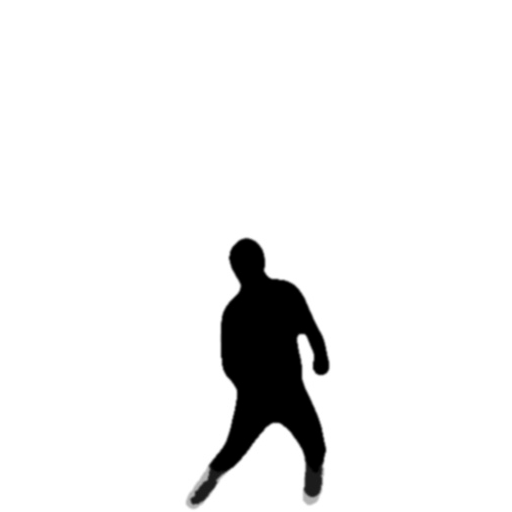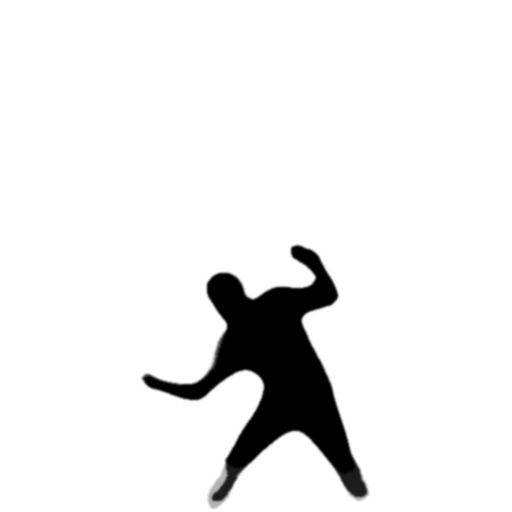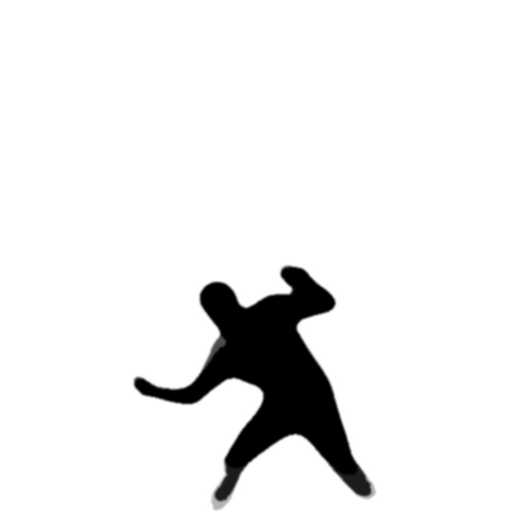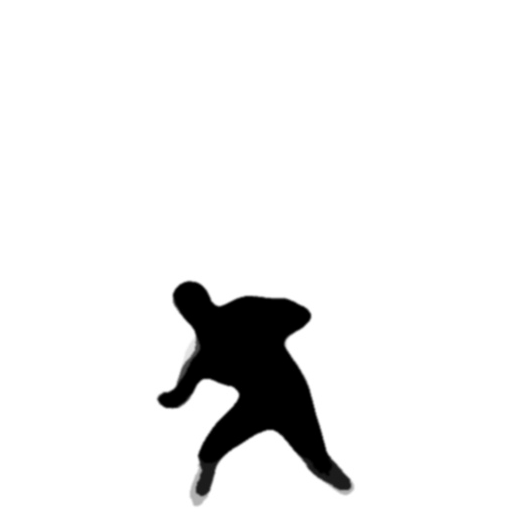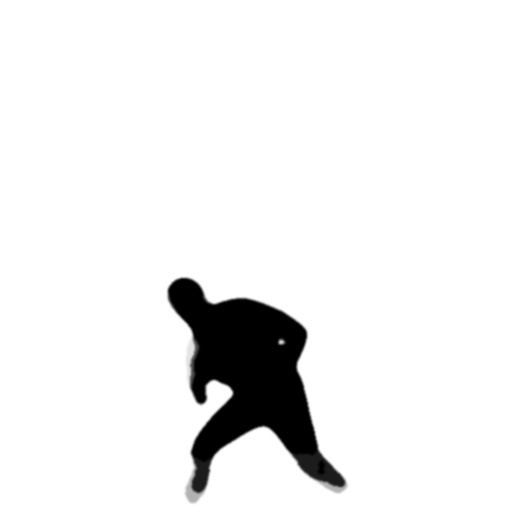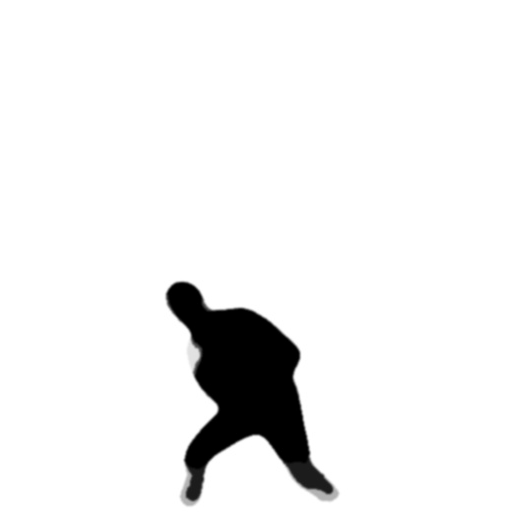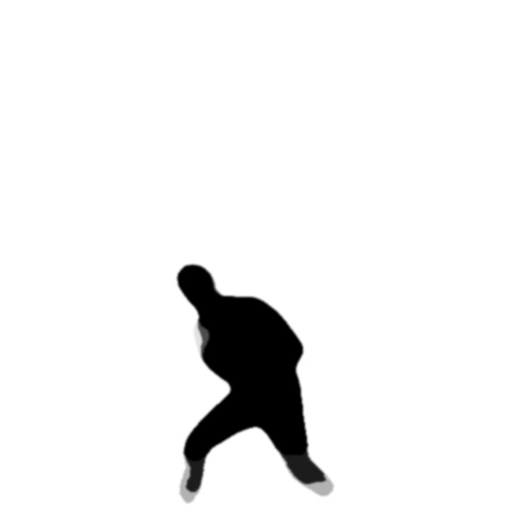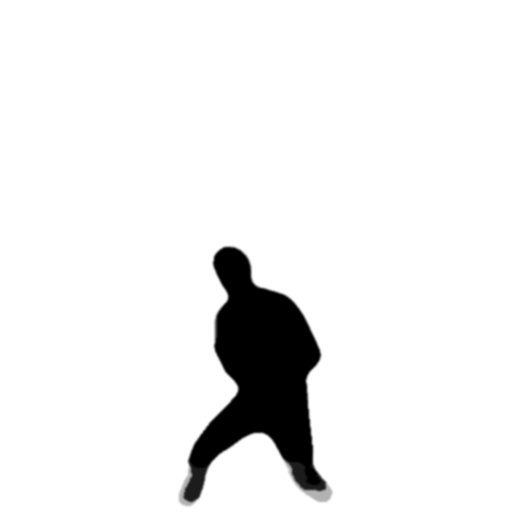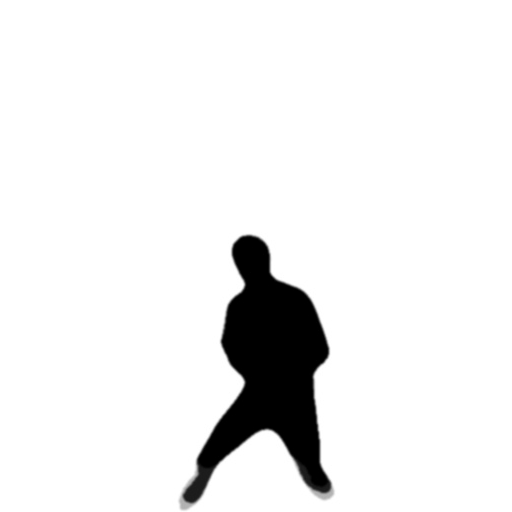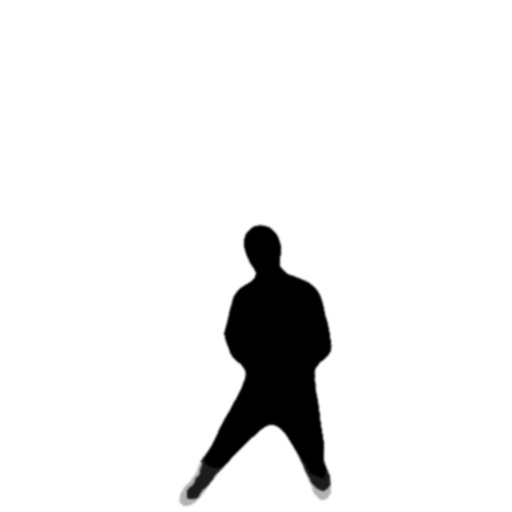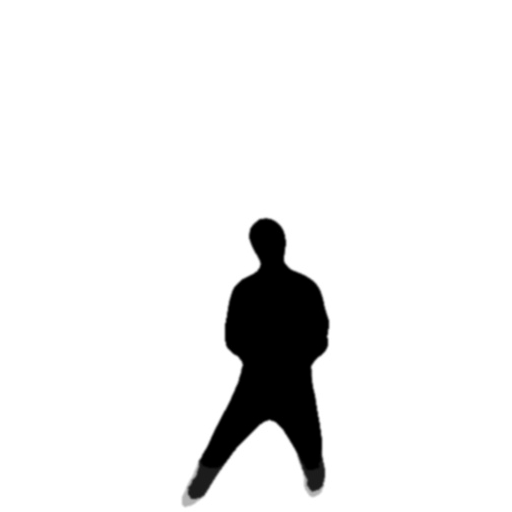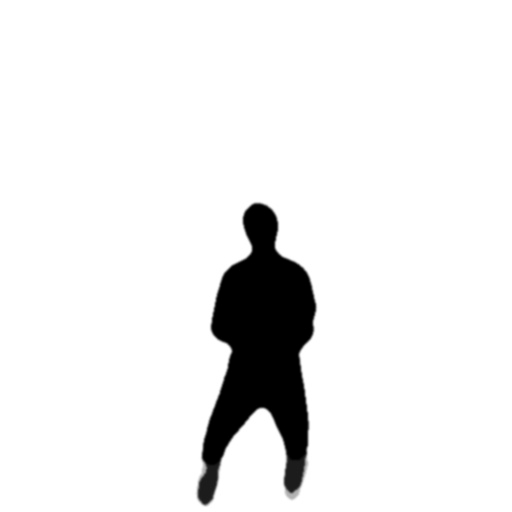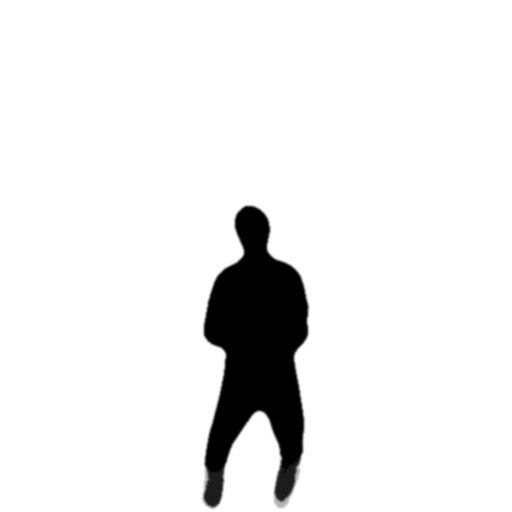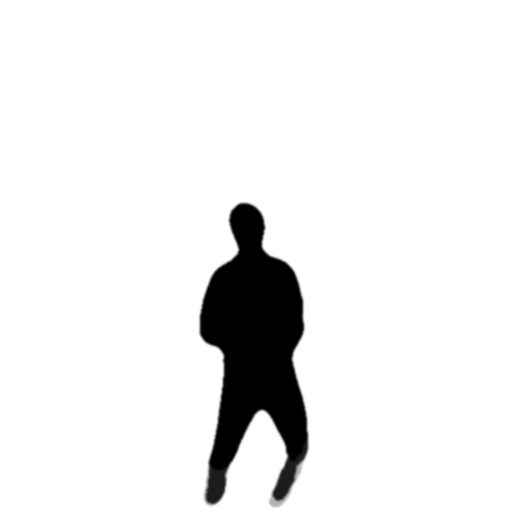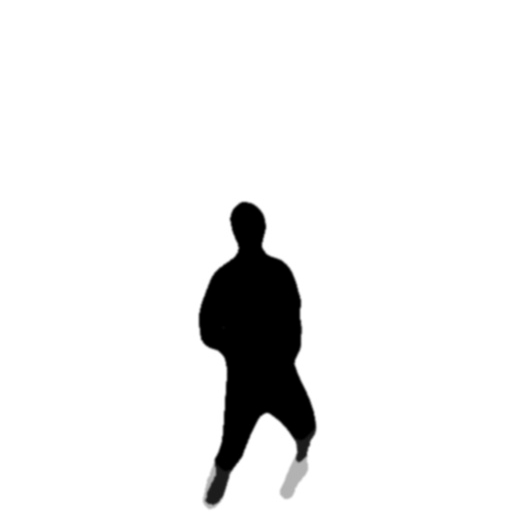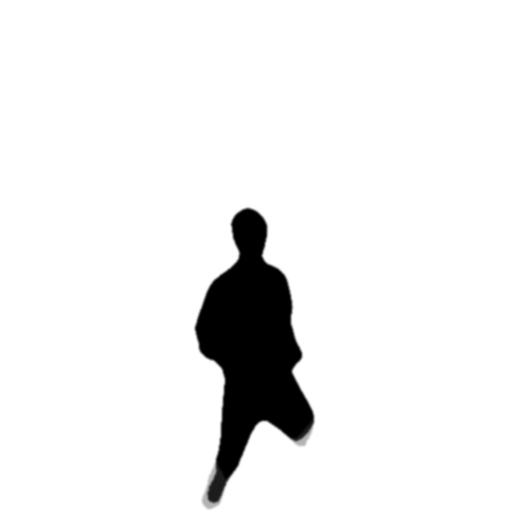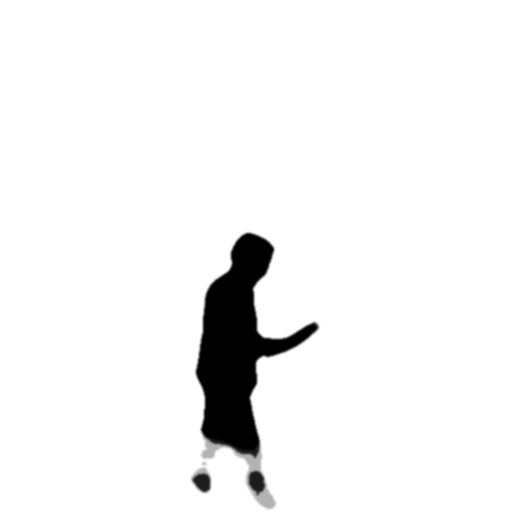
Installation participative in situ et sur Internet
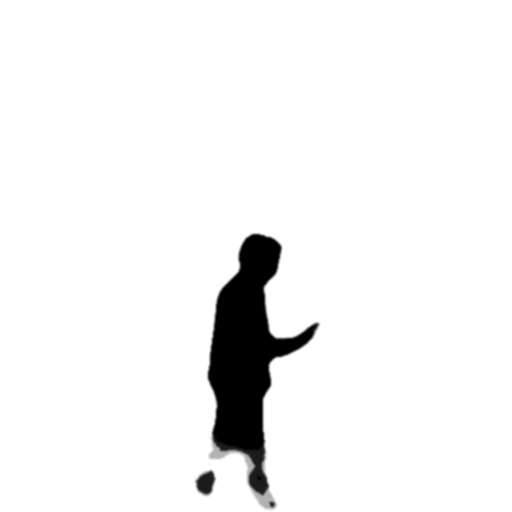
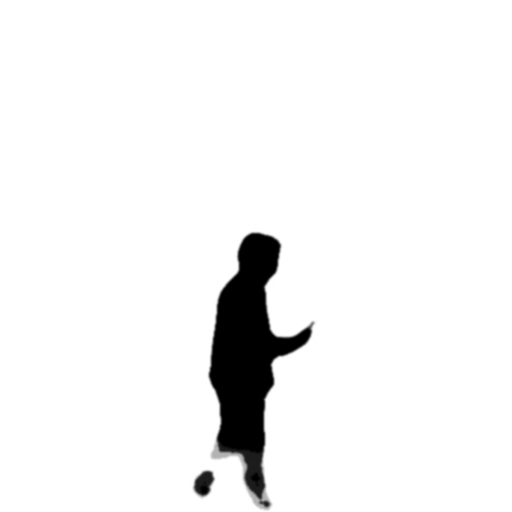
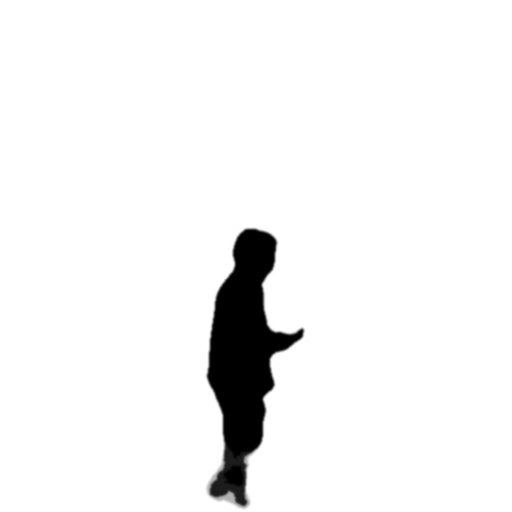
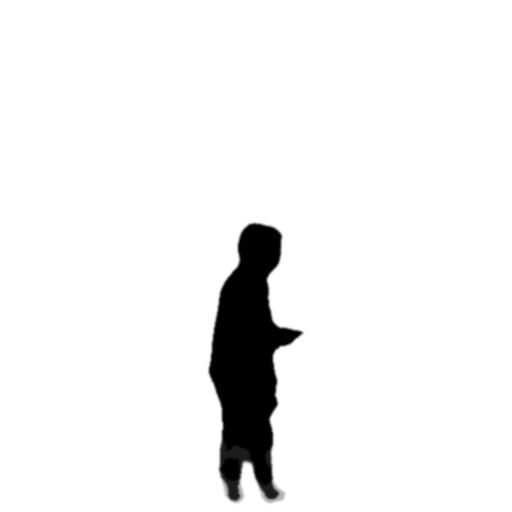
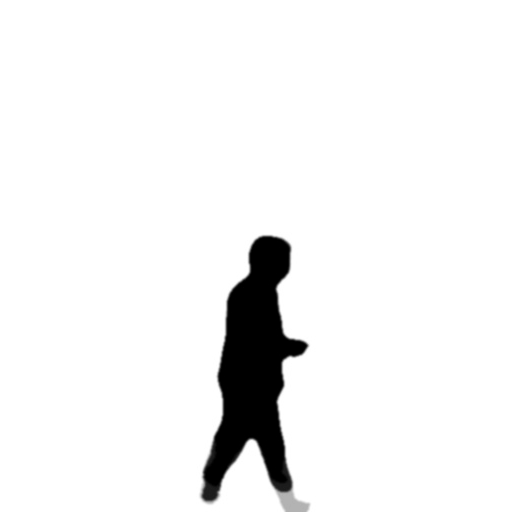
|
| PRESENTATION |
ENGLISH PRESENTATION BELOW La Caverne d'Internet, de Fred Forest, qui a ouvert ses portes le1er juillet aux Moulins à Albi, revisite l’allégorie de la caverne de Platon, en constituant un gigantesque réseau d'échanges dans le monde, dont les connexions créent le contenu visible de l'exposition, mots, commentaires, images, modes d'apparition. Sur un mode d’interrogation critique, une banque de données de près de 500 vidéos sont proposées à chaque internaute ou visiteur, qui peuvent en faire le commentaire. Commentaire online immédiatement partagé par tous. L'exposition se réinvente constamment, elle n'a pas de forme stable, elle nait d’un processus et d'un échange des participants avec le "scénario" proposé par l'artiste. Elle se matérialise, d’une part par la captation d'images des participants, transformées en ombres mouvantes sur les murs de la "caverne", d’autre part par le choix de thèmes dans une liste donnée par l'artiste, par l'apparition d'images suscités par ces choix. Le sens du projet concerne les relations humaines par les nouvelles technologies, la dimension critique par rapport au flot d'images qui nous entoure, le partage des savoirs, l'implication créative de chacun dans l'apparition du réel, l'expérience du silence au milieu du chaos. L’actuelle mondialisation, où l’art s’inscrit dans le flux des échanges’ aux côtés d’une profusion exponentielle d’images de toutes sortes, ne se traduit pas par une meilleure représentation du monde. Fred Forest propose leur critique et son partage online par les internautes eux-mêmes, comme pour les visiteurs de ces deux expositions. En effet les promesses de transparence du monde et de libéralisation des activités se traduit en réalité par un spectacle permanent et un contrôle toujours plus grand des individus. C’est à ce défi du devenir infigurable du monde auquel les artistes sont confrontés et qu’ils doivent relever comme le fait Fred Forest afin que leurs œuvres soient en résonnance éthique avec la réalité d’aujourd’hui.Les mutations politiques, culturelles, scientifiques dont le souffle nous atteint, mettent en cause nos certitudes les plus ancrées, au travers les évolutions qui se font jour, en Tunisie, en Egypte, en Syrie, en Lybie, au Yemen, et aujourd’hui, au plus proche de nous, en Grèce et en Espagne… Rien n’arrêtera plus un mouvement de fond comme celui des « indignés » qui s’initie en dehors des partis traditionnels, et dont l’organisation horizontale, et non plus verticale, doit sa force à l’utilisation généralisée de l’Internet. La caverne de Platon de Fred Forest voit les ombres de ses visiteurs projetées en temps réels sur ses parois, tandis que les internautes peuvent en faire de même, à distance, en y superposant les leurs. Alors que le flot des images est soudain interrompu sur les écrans par le goutte à goutté d’une source se trouvant dans les lieux mêmes, voulant signifier, peut-être, que dans le tumulte de ces images qui s’entrechoquent, le silence est peut-être la seule alternative pour se retrouver soi-même… Manuela Manzini, associated artist, set designer, Christian Valézy, associate artist, création sonore, Pierre Jean Grattenois, Designer and Producer, Frédéric Jean développement, Muriel Edet Communication, Guillaume Rozan régie, Fabrice Lapeyre informatique. Curateur : Jackie-Ruth Meyer
ENGLISH PRESENTATION The Internet Cave, by Fred Forest, which opened on July 1st at Les Moulins in Albi, revisits the allegory of Plato's cave, by constituting a gigantic network of exchanges in the world, whose connections create the visible content of the exhibition, words, comments, images, modes of appearance. On a mode of critical interrogation, a data bank of nearly 500 videos are proposed to each Internet user or visitor, who can comment on them. Online commentary immediately shared by all. The exhibition is constantly reinvented, it has no stable form, it is born of a process and an exchange of participants with the "scenario" proposed by the artist. It is materialized, on the one hand by the capture of images of the participants, transformed into moving shadows on the walls of the "cave", on the other hand by the choice of themes in a list given by the artist, by the appearance of images caused by these choices. The meaning of the project concerns human relations through new technologies, the critical dimension in relation to the flood of images that surrounds us, the sharing of knowledge, the creative involvement of each in the appearance of reality, the experience of silence in the midst of chaos. The current globalization, where art is inscribed in the flow of exchanges' alongside an exponential profusion of images of all kinds, does not result in a better representation of the world. Fred Forest proposes their criticism and its online sharing by the Internet users themselves, as for the visitors of these two exhibitions. Indeed the promises of transparency of the world and liberalization of the activities translates in reality by a permanent spectacle and a control always bigger of the individuals. It is to this challenge of the infigurable becoming of the world that the artists are confronted and that they must take up as Fred Forest does so that their works are in ethical resonance with the reality of today. The political, cultural, scientific mutations whose breath reaches us, question our most anchored certainties, through the evolutions which appear, in Tunisia, in Egypt, in Syria, in Libya, in Yemen, and today, closer to us, in Greece and in Spain... Nothing will stop a movement like the "indignant" one, which is initiated outside the traditional parties, and whose horizontal organization, and no longer vertical, owes its strength to the widespread use of the Internet. The cave of Plato of Fred Forest sees the shadows of its visitors projected in real time on its walls, while the Internet users can do the same, remotely, by superimposing theirs. While the flow of images is suddenly interrupted on the screens by the drip of a source found in the same place, meaning, perhaps, that in the tumult of these images that collide, silence is perhaps the only alternative to find oneself ... Manuela Manzini, associate artist, set designer, Christian Valézy, associate artist, sound creation, Pierre Jean Grattenois, Designer and Producer, Frédéric Jean development, Muriel Edet Communication, Guillaume Rozan direction, Fabrice Lapeyre informatique. Curator: Jackie-Ruth Meyer |
|
|
| Ce site est originellement développé en 2011 avec le langage flash. Comme flash n'est plus supporté par les navigateurs aujourd'hui en 2022, vous trouver ici donc une reconstruction du site. Cette reconstruction est faite en 2022.
Pour la version d'origine, en flash, cliquer ici. |
CREDITS DU SITE D'ORIGINE
URLs : www.flux-et-reflux.net et
www.flux-et-reflux.org Tous droits réservés à Fred Forest |
